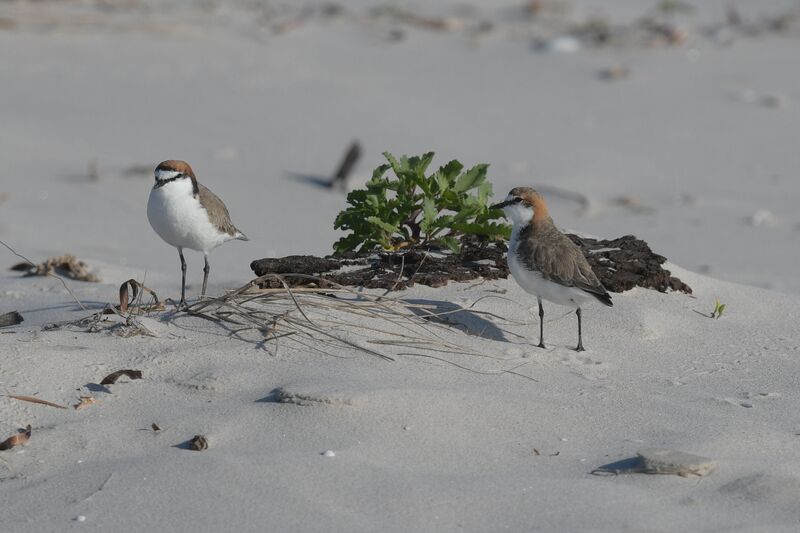Port Stephens has some of the best habitat for shorebirds in NSW, and in summer we are treated to the spectacle of hundreds of birds foraging on our beaches and tidal flats from Winda Woppa to Soldiers Point and west to Karuah.
|
Godwit and Whimbrel near Winda Woppa
|

Bar-tailed Godwit Photo by Sharon Taylor
|
Shorebirds, also known as waders, are a group of birds that tend to gather and forage in intertidal areas or on the fringes of freshwater wetlands.
Generally, they have long legs in relation to their body size, no webbing on their feet and do not swim. The shape of their bill is adapted to their preferred diet and habitat. Click link below for presentation about Shorebirds from Silas Darnell: https://youtu.be/ioIaaj-fMYM |
Shorebirds include both migratory and endemic/resident species.
The Port Stephens estuary is the second most important location for shorebirds in NSW, after the Hunter estuary. Most migratory species breed in the northern hemisphere in summer and then fly south to spend their non-breeding period in the southern hemisphere summer. Many of these birds are classified as threatened under NSW or Commonwealth legislation - Vulnerable; Endangered; Critically Endangered
The Port Stephens estuary is the second most important location for shorebirds in NSW, after the Hunter estuary. Most migratory species breed in the northern hemisphere in summer and then fly south to spend their non-breeding period in the southern hemisphere summer. Many of these birds are classified as threatened under NSW or Commonwealth legislation - Vulnerable; Endangered; Critically Endangered
click the following link to view map of the East Asian-Australasian migratory Flyway: eaaf_snip.jpg
|
The population of many of the migratory species has declined over the past 30 years with Eastern Curlew exhibiting the most significant decline. Many small shorebirds that frequented Port Stephens in the past are no longer encountered due to loss of habitat, particularly in East Asia but also along the more heavily populated parts of the Australian coastline. However, there is some local good news; Australian Pied Oystercatcher numbers in Port Stephens appear stable and numbers of Sooty Oystercatcher are increasing. Beach Stone-curlew are a recent addition to Port Stephens shorebird numbers. Port Stephens is classified as Internationally Significant for Eastern Curlew and Australian Pied Oystercatcher as more than 1% of the total world population occur here. |
It is also classified as Nationally Significant for Bar-tailed Godwit, Whimbrel, Grey-tailed Tattler and Sooty Oystercatcher as more than 0.1% of their total world population (typically 0.3-0.4%) occur in Port Stephens. Port Stephens' importance to shorebirds reflects the generally pristine environment and overall low levels of disturbance of key areas that provide a diversity of habitat within the estuary. This is partially due to much of the surrounding shoreline being incorporated in National Parks, and the high quality of the water. Restricting development, managing introduced predators, minimising disturbance and maintaining water quality are essential to ongoing protection our shorebird habitat. |
Link to Birding routes for North Port Stephens here: http://www.hboc.org.au/publications/birding-routes
Information source: Neil Fraser and Alan Stuart Hunter Bird Observers Club
Eastern Curlew Sharon Taylor Beach Stone-curlew Ann Woods Red-capped Plover Sharon Taylor
Page created and edited by Trish Blair





